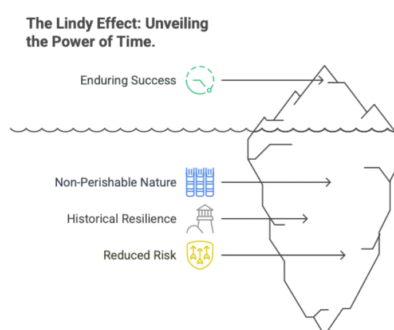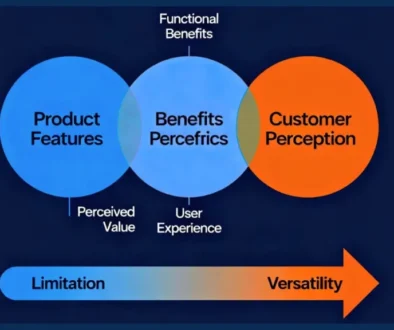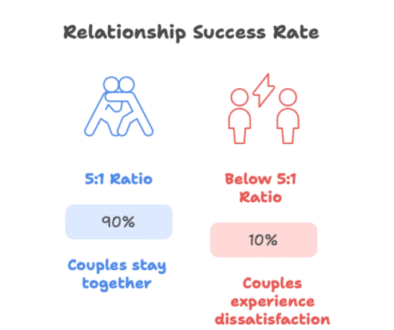Negative Visualization: Why Imagining the Worst Makes You Stronger
For centuries, people have sought to develop psychological resilience and emotional strength. While positive thinking is widely praised, a powerful—yet often misunderstood—tool exists within Stoic philosophy known as negative visualization. Contrary to popular belief, consciously imagining the worst possible outcomes is not pessimism; it’s a practical approach to living a fuller, wiser, and more balanced life.
Dive in as we explore the origins of negative visualization, how it shapes our mindset, its role in modern psychology, common misconceptions, real-life examples, and actionable steps for daily practice.
The Roots of Negative
Visualization: Stoic Wisdom
Negative visualization, or premeditatio malorum, emerged from the ancient teachings of Stoic philosophers such as Seneca, Epictetus, and Marcus Aurelius. These thinkers argued that by anticipating misfortune, one could not only mitigate its emotional impact but also cultivate gratitude for the present.
“He robs present ills of their power who has prepared himself for their coming.” — Seneca
Stoics practiced negative visualization to prepare for adversity, lessen disappointment, and shift their focus to what remains, rather than what is lost. Their writings continue to inspire people serious about self-mastery and inner peace.
Negative Visualization vs. Catastrophizing
It’s critical to distinguish negative visualization from catastrophizing:
- Negative visualization involves briefly contemplating specific unfavorable scenarios with acceptance, preparedness, and gratitude.
- Catastrophizing is obsessively dwelling on distressing outcomes, often accompanied by panic, helplessness, or rumination.
Negative visualization is a strategic and empowering tool, whereas catastrophizing undermines well-being.
Modern Applications: From Boardrooms to Playing Fields
Today, negative visualization has found new life across diverse fields:
- Sports Psychology: Athletes use visualization to mentally rehearse setbacks (missed goals, injuries) and bounce back with composure.
- Business Leadership: Entrepreneurs anticipate crises—market crashes, layoffs, public failures—to create contingency plans and maintain mental endurance.
- Therapy & Mindfulness: Cognitive-behavioral therapy (CBT) often incorporates structured negative thinking to break cycles of anxiety by facing (not avoiding) fears.
- Medicine: Doctors and nurses imagine worst-case patient scenarios, enabling rapid, calm responses in emergencies.
Through these applications, negative visualization continues to foster resilience and adaptability.
Scientific Backing: Research on Anticipating Adversity
Recent studies suggest that anticipating negative events—in moderation—can reduce anxiety and build emotional immunity.
- Research published in Frontiers in Psychology found that reflecting on adverse outcomes can enhance coping mechanisms and foster proactive problem-solving.
- Practicing controlled exposure (briefly considering worst-case scenarios) has been shown to decrease avoidance and improve mental preparedness.
Empirical evidence supports the Stoics’ wisdom: prepping for adversity boosts psychological health over time.
Common Misconceptions About Negative Visualization
Let’s address some myths:
- Myth 1: It makes you unhappy or negative.
In reality, negative visualization increases appreciation and reduces fear. - Myth 2: It’s the same as worrying.
Negative visualization is deliberate, brief, and purposeful—not anxious rumination. - Myth 3: It removes hope or optimism.
Instead, it helps you prepare for setbacks so you can confidently pursue goals.
Negative Visualization in Practice: Real-Life Examples
- Relationship Resilience: By imagining life without certain people, you cherish them more deeply and nurture your bonds.
- Financial Frugality: Visualizing job loss encourages saving, sound investments, and careful budgeting.
- Health Awareness: Considering injury or illness increases commitment to healthier habits.
Many successful leaders, including Tim Ferriss and top Olympic athletes, credit negative visualization for their calm in crisis and clarity during pressure.
Step-By-Step Guide: Practicing Negative Visualization Daily
Add structure to your practice using these exercises:
1. Morning Scenario Planning
- Picture the day’s important meeting or event.
- Imagine what could go wrong (technology failure, miscommunication).
- Visualize your calm, rational response—lowering your anxiety and boosting readiness.
2. Gratitude Amplification
- Pick something you value (health, relationships, home).
- Briefly imagine losing it, then reflect on your appreciation.
3. Risk Planning Journal
- List three possible setbacks for a goal you’re pursuing.
- Write how you’d respond, building confidence in your ability to cope.
4. Relationship Focus
- Imagine today is your last day with a loved one.
- Identify what you’d want to say, do, or express gratitude for.
5. Minimalist Living
- Visualize losing gadgets, comforts, or conveniences.
- Realize how little you actually need to be content.
Negative Visualization and Positive Thinking: A Powerful Pair
Negative visualization doesn’t replace optimism—it enhances it. When paired with positive affirmations and goal setting, it creates a balanced, reality-based mindset:
- Envision your best outcomes—then briefly prepare for adversity.
- Use negative visualization to reduce fear and increase gratitude.
- Move forward with confidence, knowing you’re mentally prepared for whatever comes.
Final Thoughts: Imagining the Worst to Live Your Best
Practicing negative visualization is not about expecting the worst, but about being ready for it, grateful for the present, and strong enough to face life’s unpredictability. By mastering this ancient Stoic technique, you strengthen your resilience, deepen your appreciation, and improve your emotional balance—qualities that are crucial in today’s fast-paced world.
Imagining what you could lose helps you gain what matters most. Embrace negative visualization, and discover a surprising route to happiness, gratitude, and strength.



16.10.2025 - goodreboot.com
October 17, 2025 @ 10:08 am
[…] Do Negative visualization. […]
17.10.2025 - goodreboot.com
October 17, 2025 @ 8:08 pm
[…] SEO also trying to figure out what to write next. I have also informed my brother about practising negative visualization. Once again very little exercise. I guess i am the biggest looser possible. […]